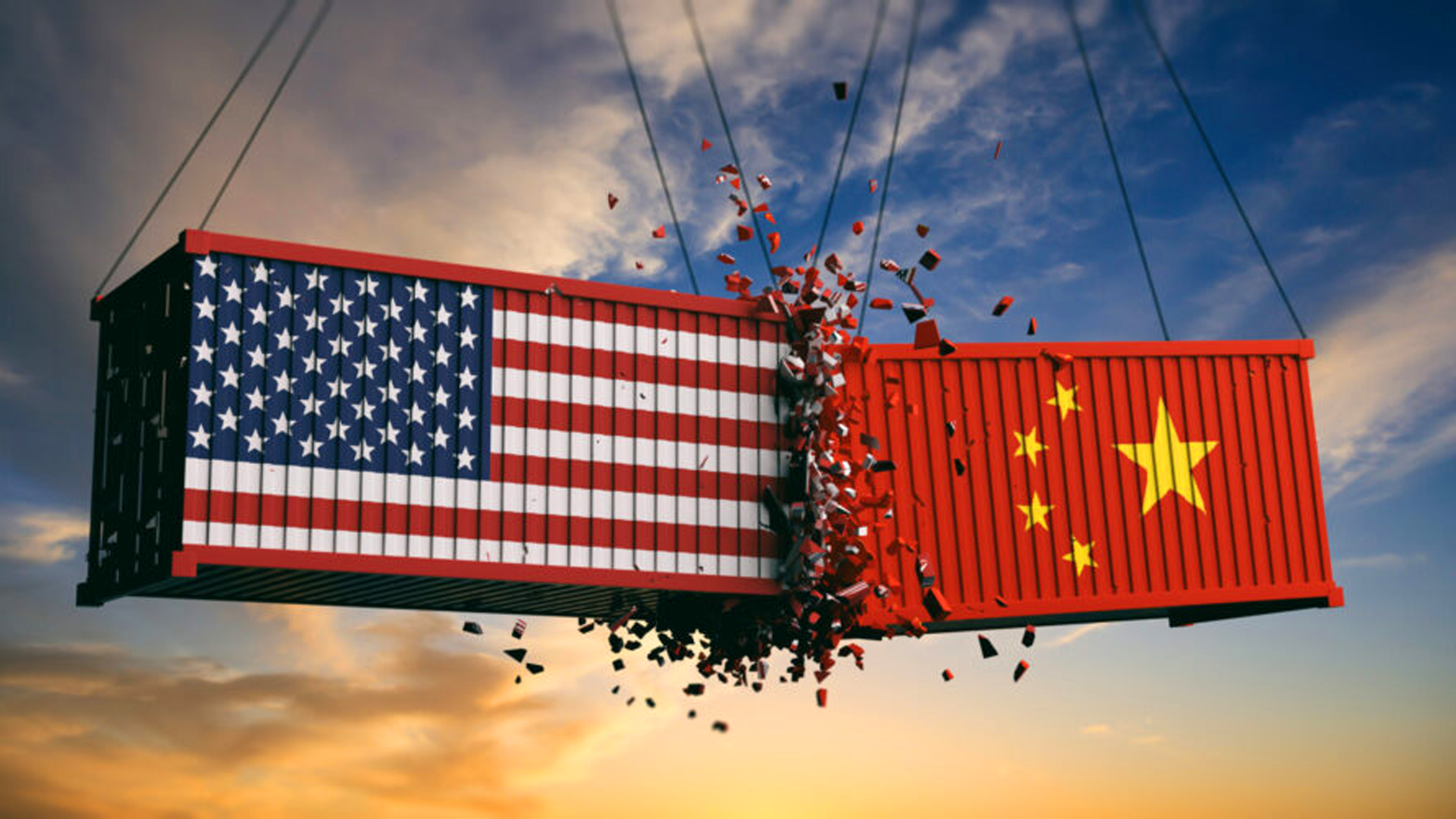Trade relations between the United States and China have been complex for years, and tariffs have played a major role in shaping that dynamic. As of 2025, several tariffs remain in place, impacting a wide range of goods and industries. Here’s a breakdown of the current situation, what industries are most affected, and what it means for businesses and consumers.
A Quick Background
The U.S. first imposed major tariffs on Chinese goods in 2018 under Section 301 of the Trade Act of 1974, citing unfair trade practices like intellectual property theft and forced technology transfers. Since then, tariffs have become a strategic tool, influencing not only trade policy but also broader economic and political negotiations.
Tariffs Still In Place
As of early 2025, here’s an overview of the key China tariffs currently enforced by the U.S.:
Section 301 Tariffs: These tariffs still apply to about $300 billion worth of Chinese imports, covering thousands of products.
Electronics (phones, laptops)Machinery and mechanical appliances- Furniture
- Textiles and clothing
- Footwear
- Metals and manufactured goods
Steel and Aluminum Tariffs (Section 232):
These tariffs, originally targeting many countries, continue to affect Chinese steel and aluminum imports with duties of 25% and 10% respectively.Solar Panels and Washing Machines:
Specific duties on solar panels and washing machines from China remain, with tariff rates varying depending on volume and type.
New 2024 Adjustments:
In response to concerns about national security and supply chain resilience, the U.S. administration introduced additional measures on:
Electric vehicles (EVs) and EV batteries
Semiconductors and advanced technology components
These sectors now face higher tariff rates (ranging from 25% to 100%) aimed at protecting critical American industries.
Industries Most Affected
Technology and Electronics: Laptops, smartphones, and critical tech components are still heavily taxed.
Automotive: EVs and auto parts have seen an increase in duties.
Energy: Solar equipment costs are impacted, influencing green energy transitions.
Manufacturing and Construction: Machinery, steel, and aluminum tariffs continue to raise costs across many projects.
Why The Tariffs Persist
Several factors are keeping the tariffs alive:
Strategic leverage: The U.S. continues to use tariffs to pressure China on broader issues, from intellectual property rights to cybersecurity.
Political support: Many sectors, especially manufacturing and tech, support keeping tariffs to protect domestic industries.
Global Competition: As the U.S. pushes to strengthen domestic supply chains, reducing reliance on China has become a national priority.
Impact On Businesses and Consumers
Higher Costs: Businesses often pass the cost of tariffs onto consumers, resulting in higher prices for everything from electronics to furniture.
Supply Chain Shifts: Companies are increasingly diversifying their suppliers, turning to countries like Vietnam, Mexico, and India.
Investment in U.S. Manufacturing: There’s a noticeable push to “reshore” manufacturing back to the U.S. or nearshore to neighboring countries.
Looking Ahead
While some U.S. business groups and trade experts advocate for a rollback or adjustment of the tariffs, major changes seem unlikely in the immediate future. With tensions between the U.S. and China still high — especially over technology, human rights, and geopolitics — tariffs will likely remain a central tool in American trade policy for now.
Businesses that depend on Chinese imports should continue to monitor trade policy developments closely, explore diversification strategies, and prepare for a global economy where tariffs are the new normal rather than the exception.




























